Workplace Injury Prevention is more important than ever in today’s hectic work situations. Employers may find it simple to get bogged down in the day-to-day responsibilities of running their businesses, but ignoring workplace safety can have disastrous results. This blog will examine why injury prevention in the workplace is so important for companies. Before diving into the discussion, if you are looking for the best place to get help with the treatments of workplace injuries or need help with the paperwork of Work-Related Illness Claims, reach out to Core Medical Center, USA, today.
Now, let’s examine why employers must focus on Workplace Injury Prevention:-
- Preventing Pain, Suffering & Lost Quality of Life
- Increasing Trust, Loyalty & Satisfaction
- Boosting Productivity & Concentration
- Slashing Turnover & Hiring Costs
- Lowering Workers’ Compensation Premiums
- Reduces liability risks
- Enhances public reputation
- Identifies process weak spots
- Instills a collective safety culture
Preventing Pain, Suffering & Lost Quality of Life:
Firstly, safe working conditions prevent employees from experiencing needless emotional, physical, and financial distress for years post-injury. Chronic pain impacts all parts of life – sleep, relationships, independence, and mental health. For humanitarian and staff retention reasons, minimizing safety incidents is key.
Increasing Trust, Loyalty & Satisfaction:
Studies confirm Workplace Injury Prevention programs build staff trust, satisfaction, and loyalty. Workers feel respected by proactive measures securing well-being over profits. It drives engagement, motivation to go “above and beyond,” and intent to stay at the company, protecting them from harm.
Boosting Productivity & Concentration:
Preventable injuries breed resentment and distraction from delivering exceptional work. Alternatively, assured, well-protected teams channel energy into productivity, creativity, and focus. Safety-conscious companies foster in-flow states among workers – achieving peak on-task time minus worrying about physical welfare on-site.
Slashing Turnover & Hiring Costs:
Nothing necessitates finding fresh talent like employees exiting due to health-ending accidents. Personnel loss strains departments and budgets paying to onboard replacements. Incident-free cultures retain institutional knowledge and minimize perpetual transition costs from preventable turnover due to injury-related departures.
Lowering Workers’ Compensation Premiums:
Workers’ Compensation Insurance quotes integrate past claims, industry type, and applied safety framework. Rates predictably lower when historical data shows limited injuries from danger-conscious initiatives minimizing incidents. It saves thousands annually over high-risk counterparts with poor safety track records.
Reduces liability risks:
Prioritizing worker safety lowers an employer’s exposure to legal risk considerably. By implementing preventative safety procedures, employers can reduce the risk of being sued by injured workers who want compensation for their carelessness. This preemptive approach offers the organization legal protection against prospective lawsuits in addition to protecting personnel.
Enhances public reputation:
Keeping a spotless safety record improves a company’s reputation by showing customers that it is dedicated to moral business practices. This focus on safety might give the business a competitive edge by differentiating it from rivals with worse-than-ideal records for workplace accidents.
Identifies process weak spots:
Finding the root causes of safety events aids in identifying process flaws in the current setup. Through this analysis, companies can pinpoint and adjust dangerous systems, utilizing the information acquired to inform necessary upgrades that improve worker safety in general.
Instills a collective safety culture:
The workplace culture becomes deeply embedded with a heightened awareness of dangers when workers at all levels prioritize preventing injuries. Consequently, everyone in the organization begins to share and uphold safety as a common goal.
Final Words
While most leaders agree ethically on avoiding harm, dollars and cents analysis solidifies the urgency of Workplace Injury Prevention programs. Worker well-being and company success interdependently hinge on injury prevention. Occupational illness claims with accurate knowledge and the right legal guidance. If you want the best help with the paperwork for your Work-Related Illness Claims or are looking for the best treatment available for your work-related injuries, contact Core Medical Center, USA, today.

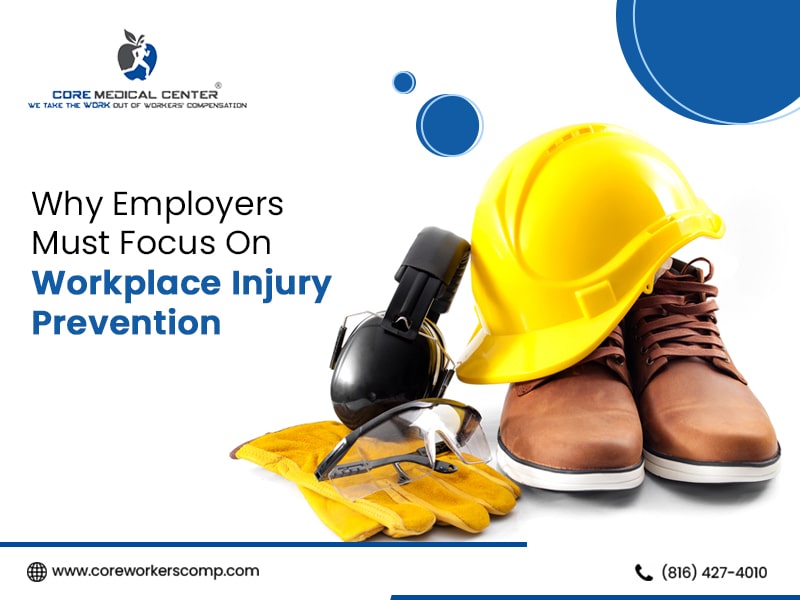
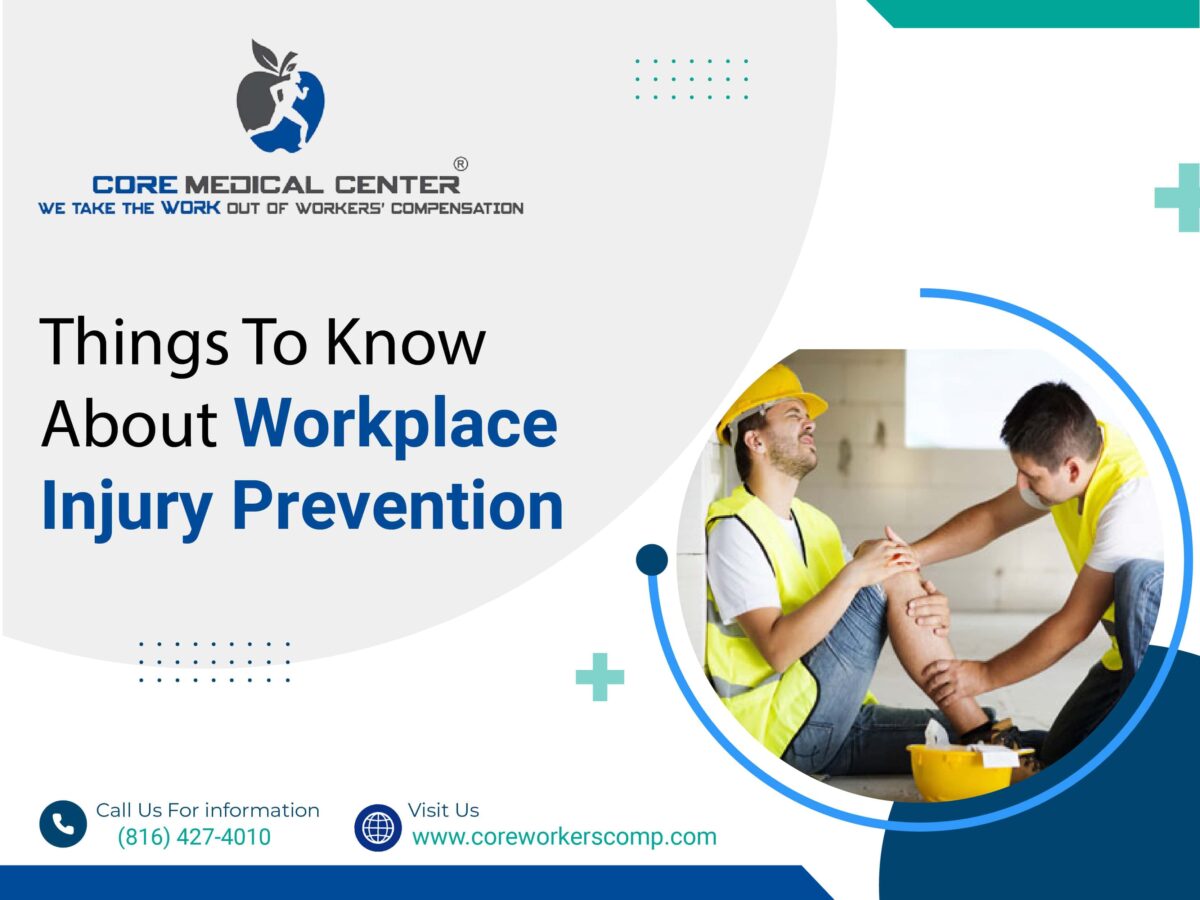
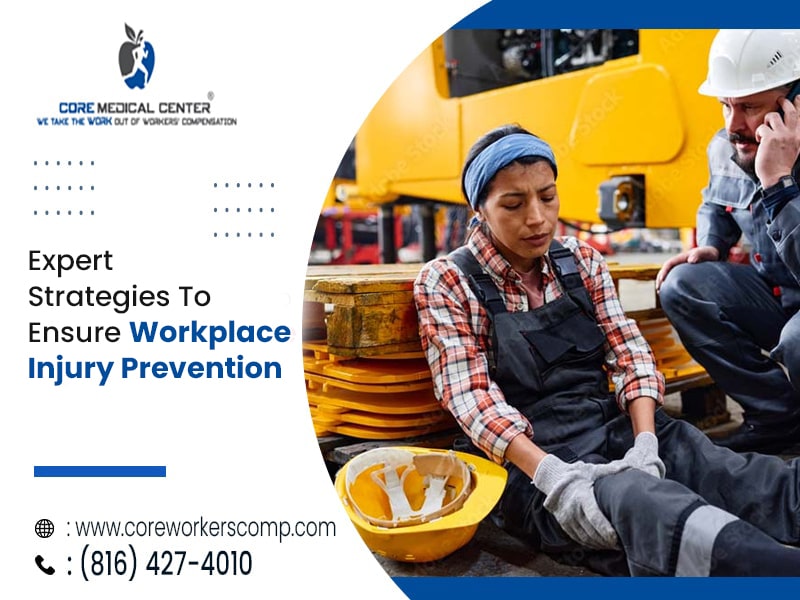
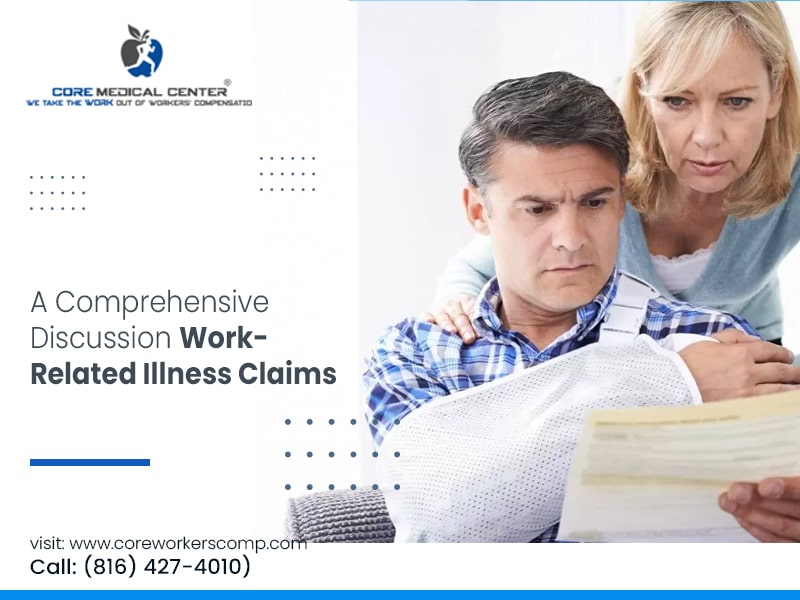
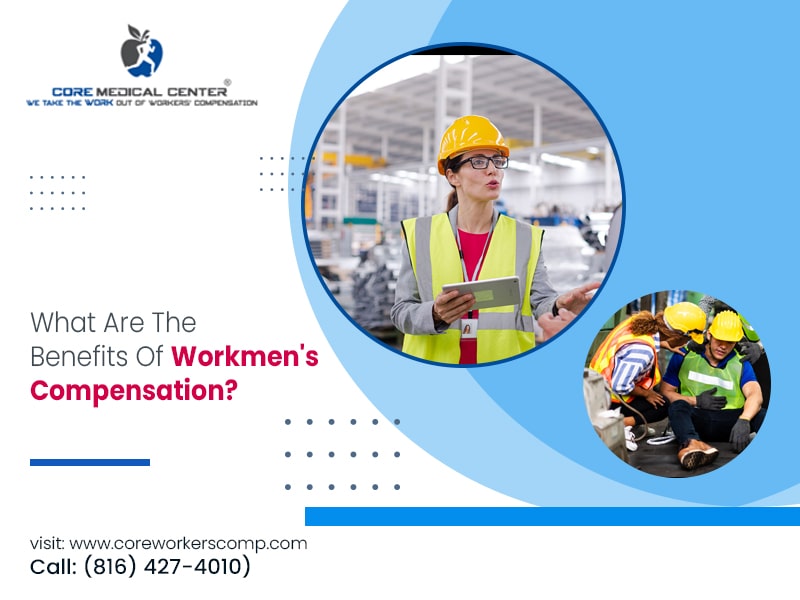
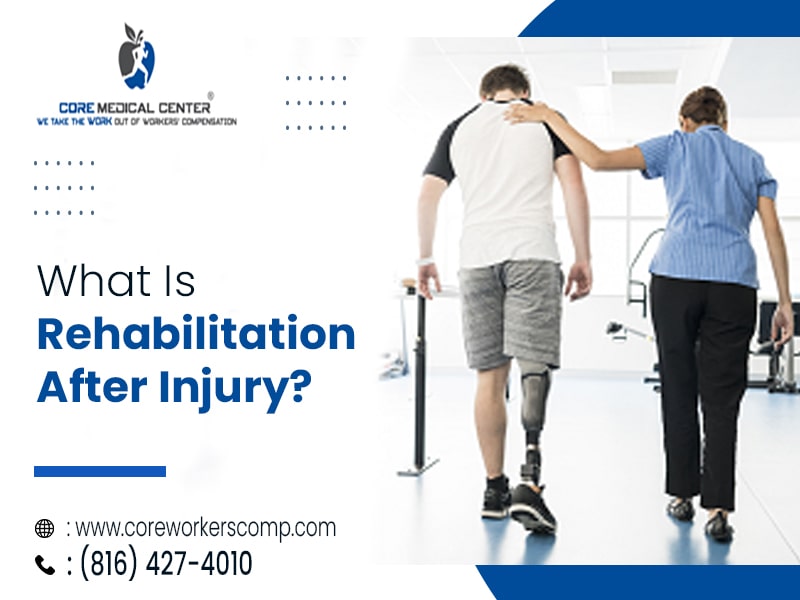
Recent Comments